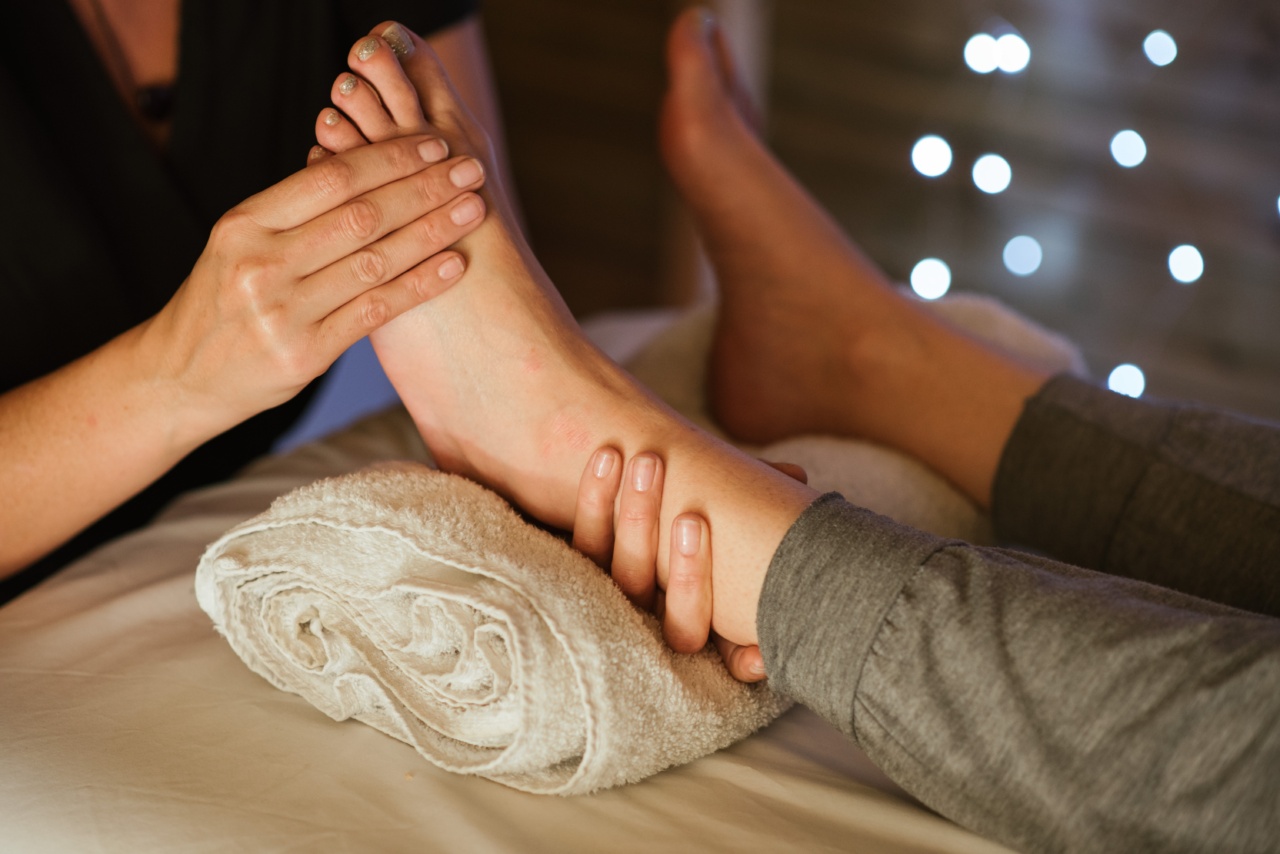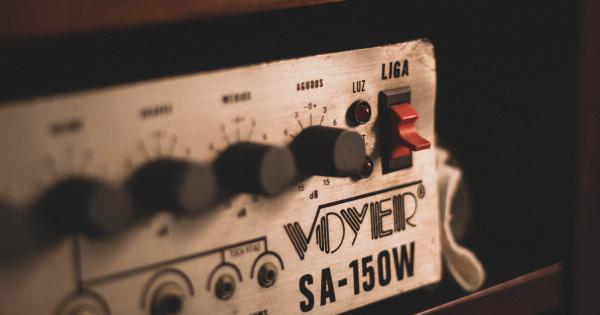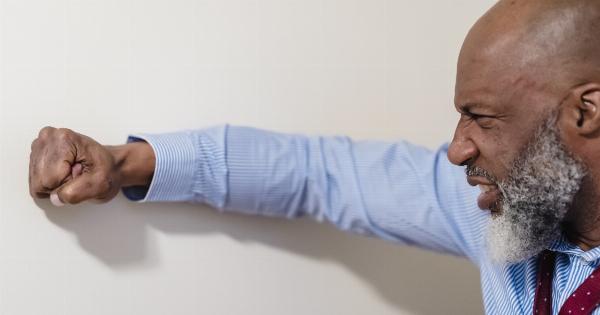Stroke is a life-altering medical emergency that occurs when the blood supply to the brain is disrupted. It can lead to severe impairment in motor skills, speech, and daily functioning.
The aftermath of a stroke can be overwhelming for both the patient and their loved ones. However, with advancements in medical technology and rehabilitation techniques, post-stroke treatment has made significant progress in recent years.
In this article, we will explore some revolutionary techniques that are changing the landscape of post-stroke treatment.
1. Neuroplasticity and Rehabilitation
Neuroplasticity, also known as brain plasticity, is the brain’s ability to reorganize and form new neural connections. This remarkable phenomenon forms the basis for post-stroke rehabilitation techniques.
Traditional rehabilitation methods focused on repetitive exercises to stimulate damaged brain areas. However, recent innovations have introduced technology-based therapies that enhance neuroplasticity.
2. Virtual Reality (VR) Therapy
Virtual reality therapy is an emerging post-stroke treatment technique that involves using computer-generated virtual environments to stimulate the brain. It creates an immersive experience that promotes motor learning and functional recovery.
VR therapy provides an interactive and engaging platform for stroke survivors to practice real-life activities in a safe, controlled environment. It has shown promising results in improving limb function, balance, and cognitive abilities.
3. Robotic Assisted Rehabilitation
Robotic-assisted rehabilitation devices are designed to assist stroke survivors in regaining movement and improving muscle strength. These robotic systems create repetitive movements that mimic normal human motions.
Their precise control and adjustable resistance allow for customized therapy sessions tailored to each patient’s needs. Robotic-assisted rehabilitation devices offer intensive and targeted therapy, leading to better outcomes and increased independence for stroke survivors.
4. Brain-Computer Interface Technology
Brain-computer interfaces (BCIs) enable direct communication between the brain and an external device. Stroke survivors with severe motor impairments can use BCIs to control assistive devices or perform tasks using their thoughts.
By capturing electrical brain signals, BCIs can interpret the user’s intentions and translate them into actions. This breakthrough technology has the potential to revolutionize post-stroke treatment, allowing patients to regain independence and improve their quality of life.
5. Transcranial Magnetic Stimulation (TMS)
Transcranial Magnetic Stimulation (TMS) is a non-invasive technique that uses electromagnetic fields to stimulate specific areas of the brain. It has shown promise in promoting motor recovery after stroke.
By targeting the unaffected brain regions, TMS can suppress the overactive areas that cause movement impairments. TMS therapy, when combined with rehabilitation exercises, has been found to enhance neuroplasticity and improve functional outcomes in stroke survivors.
6. Constraint-Induced Movement Therapy (CIMT)
Constraint-induced movement therapy is a specialized technique that concentrates on retraining the affected limbs. It involves restricting the movement of the unaffected limb, forcing the stroke survivor to use the affected limb for daily activities.
This intensive therapy helps improve motor control and encourages the use of the impaired limb. CIMT has shown promising results in facilitating functional recovery and restoring independence in stroke survivors.
7. Computer-Assisted Rehabilitation
Computer-based programs and applications have transformed the field of post-stroke rehabilitation. These tools provide personalized exercises, feedback, and monitoring to stroke survivors.
Computer-assisted rehabilitation enables patients to continue their therapy at home, supplementing traditional in-person sessions. The interactive nature of these programs motivates users and allows for remote monitoring by healthcare professionals.
8. Music Therapy
Music therapy uses music and rhythm to address the physical, emotional, and cognitive needs of stroke survivors. It has been shown to improve overall well-being, decrease stress levels, and enhance motor skills.
Through rhythmic auditory stimulation, stroke survivors can improve gait, balance, and coordination. Music therapy provides a creative and enjoyable approach to post-stroke treatment, aiding in the recovery process.
9. Telerehabilitation
Telerehabilitation is a remote healthcare delivery model that allows stroke survivors to receive therapy sessions from the comfort of their homes. It utilizes video conferencing technology to connect patients with healthcare professionals.
Telerehabilitation offers convenience, accessibility, and cost savings. It ensures continuity of care and enables regular monitoring and progress assessment without the need for frequent hospital visits.
10. Novel Pharmacological Interventions
Research in pharmacology has led to the development of novel drugs that target specific mechanisms involved in post-stroke recovery.
Drugs like citicoline and erythropoietin have shown potential in promoting neuroprotection, neuroplasticity, and functional recovery. These pharmacological interventions, when combined with rehabilitation therapies, can optimize post-stroke treatment outcomes.



























